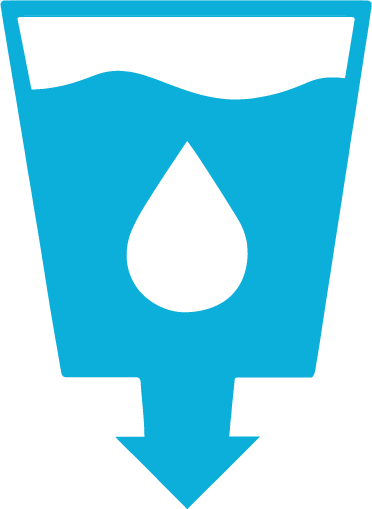The program Brazil's springs has the mission of combating climate change and its impacts, by facing the challenges of preserving and conserving water-related ecosystems, with emphasis on rivers, aquifers (including thermal springs), springs, lakes, wetlands, among other courses of water and bodies of water.
Its objective is to promote water security, based on actions aimed at the defense, recovery and protection of water resources, in order to ensure the availability of quality water, in sufficient quantity to satisfy human needs, the supply of water for productive activities and multiple uses, the preservation of ecosystems and water, for the benefit of humanity, and environmental resilience to extreme events, such as droughts and floods.
The program springs from Brazil will promote research and development initiatives, committed to solving humanity's greatest challenges, with a view to strengthening resilience and the ability to adapt to climate-related risks and natural disasters; also, socio-environmental awareness and the defense, preservation and conservation of water resources, invariably threatened by climate change and human actions: waste and indiscriminate use of water, disorderly urban occupation, mineral extraction and illegal and/or predatory extractive exploitation of flora.
Aiming to guarantee the sustainability of its projects in the long term, the Program springs from Brazil will provide monitoring and support for their maintenance and development, based on the best techniques and scientific information available, in order to ensure the quality and availability of water for present and future generations.
The program Brazil's springs It will be implemented in regions of water stress or scarcity in the main Brazilian river basins, in critical areas for the production and conservation of water, as well as in regions unique for their natural and/or unparalleled richness and exuberance and fundamental importance for humanity.
It is intended for the protection and/or recovery of areas that have been degraded, altered and/or threatened by natural and/or human action, through the reforestation of riparian forests and the implementation of infrastructure works: storm drains, rectification and channeling of river courses. water, among others; Everything, depending on analysis and assessment of the socio-environmental scope.
In its magnitude, the Program springs from Brazil will promote the dissemination of the values and benefits of sustainability, sustainable management practices and the efficient use of water and prevention and defense techniques against hydrological events.


13.1 Strengthen resilience and adaptive capacity to climate-related risks and natural disasters in all countries.
13.3 Improve education, increase awareness and human and institutional capacity on climate change mitigation, adaptation, impact reduction and early warning.
12.2 By 2030, achieve sustainable management and efficient use of natural resources.
12.8 By 2030, ensure that people everywhere have relevant information and awareness for sustainable development and lifestyles in harmony with nature.
6.6 By 2020, protect and restore water-related ecosystems, including mountains, forests, wetlands, rivers, aquifers and lakes.
3.9 By 2030, substantially reduce the number of deaths and illnesses from dangerous chemicals, contamination and pollution of air and water.
14.1 By 2025, prevent and significantly reduce marine pollution of all types, especially that arising from land-based activities, including marine debris and nutrient pollution.
14.2 By 2020, sustainably manage and protect marine and coastal ecosystems to avoid significant adverse impacts, including by strengthening their resilience, and take action to restore them to ensure healthy and productive oceans.
14.5 By 2020, conserve at least 10% of coastal and marine areas, in accordance with national and international legislation, and based on the best scientific information available.
15.1 By 2020, ensure the conservation, recovery and sustainable use of terrestrial and inland freshwater ecosystems and their services, in particular forests, wetlands, mountains and drylands, in accordance with obligations arising from international agreements.
15.2 By 2020, promote the implementation of sustainable management of all types of forests, halt deforestation, restore degraded forests and substantially increase afforestation and reforestation globally.
15.3 By 2030, combat desertification, restore degraded land and soil, including land affected by desertification, drought and floods, and strive to achieve a land degradation-neutral world.
15.5 Take urgent and significant measures to reduce the degradation of natural habitats, halt the loss of biodiversity and, by 2020, protect and prevent the extinction of threatened species.
15.8 By 2020, implement measures to prevent the introduction and significantly reduce the impact of invasive alien species on terrestrial and aquatic ecosystems, and control or eradicate priority species.